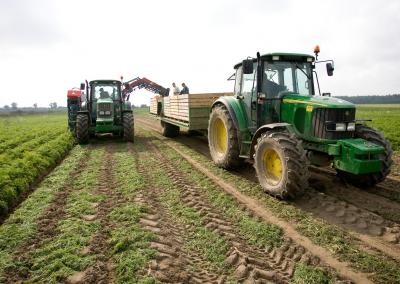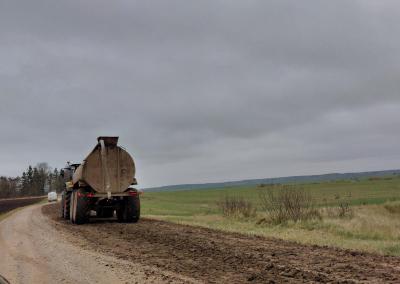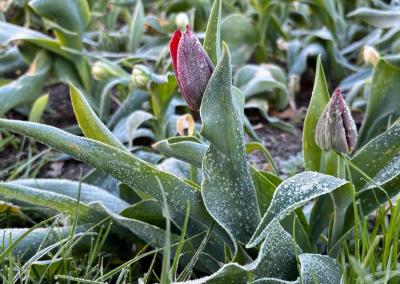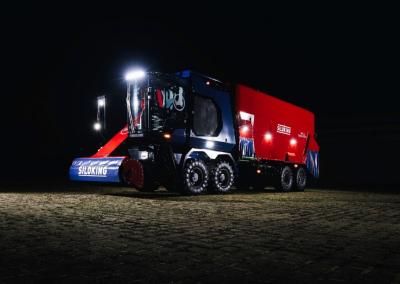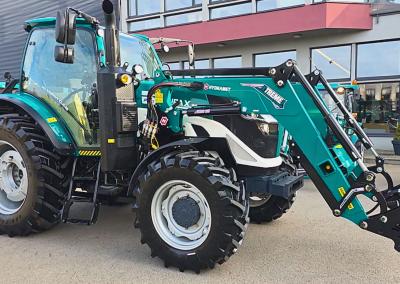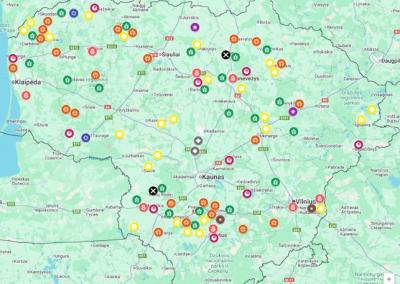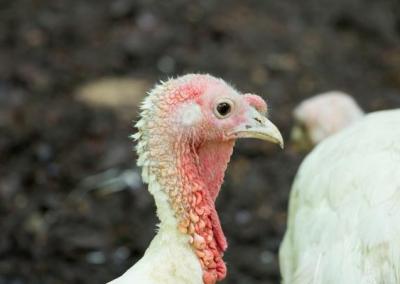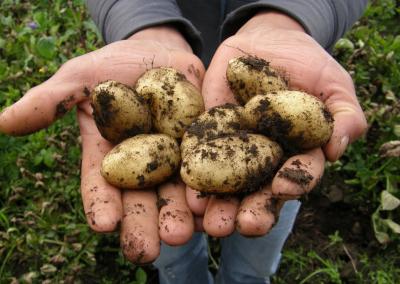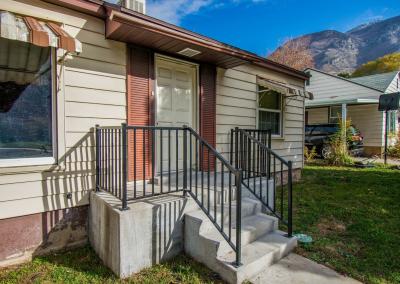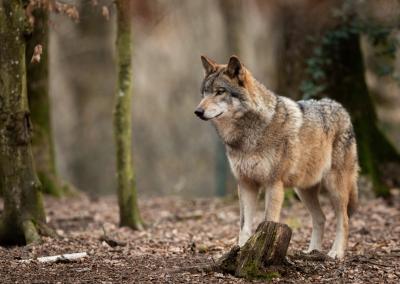Cattle grazing again in Ginučiai oak forest
The Directorate of the Aukštaitija National Park and Labanoras Regional Park has already written that restoration works of the European Community Importance 9070 Tree-covered grassland are being carried out in the Ginučiai Oak Grove.
Phase I activities have been carried out: low-value trees and shrubs have been felled, and all felled woody vegetation has been removed from the managed area. Around the oak trees, which have been growing for some time in the midst of the stand, the environment is to be lightened gradually, i.e. several times each time a proportional part of the stand is felled. If the oaks are cut at the same time, the sudden excess of light would stress the oaks, severely damaging them by bursting dormant buds and causing them to decline. For this reason, all trees growing under the oak canopy or in contact with the oak canopy were felled first. Phase II of the management work, with all excess trees already fully felled, is planned for 2025-2026.
Although the oak woodland has not been fully restored, it has been decided to bring in cows to graze in the meadow next to the oak woodland, with the addition of fencing to provide sufficient grass. And so, at the beginning of June this year, cows were brought to the Ginučiai Oak Grove. The last time cows grazed here was in 1978. So, after a gap of almost 50 years, cattle are again grazing in the Ginučiai Oak Grove.
In the past, local people used to graze and hay in the Ginučiai Oak Grove, and over the years a natural habitat with a great diversity of species and isolated old oak trees, known by naturalists as „tree-covered pastures“, has developed here. It is a very rare natural habitat, protected throughout Europe.
The old trees that make up the habitat are not only the country's historical and cultural legacy, decorating our landscape, but also a unique habitat for many species. Particularly valuable are the old oaks, both singly and in groups, which are associated with several hundred species of animals, plants and fungi in the habitat. Some of these species are only adapted to living in old trees and therefore depend on the fate of the tree-covered grassland for their survival.
In Lithuania, tree-covered grassland habitats have developed over a long period of time as a result of grazing by livestock in broadleaved and mixed forests, or after forest thinning. However, with the intensification of agriculture and forestry at the beginning of the 20th century, most of these habitats were either forested or converted to open farmland. During the Soviet era, these habitats almost completely disappeared following the ban on livestock grazing in forests and the introduction of massive land reclamation.
The Ginučiai Oak Grove was rich in rare plant species such as Siberian iris, common swordflower, male cuckoo, Baltic and red cuckoo, as well as the now extinct Swedish dandelion, meadow buttercup, and narrow-leaved lungwort.
Because of its special value, the Ginučiai Oak Forest is included in the international ecological network "Natura 2000". In the near future, there is still a lot of work to be done to fully restore the 9070 tree-covered grazing habitat in the Ginučiai Oak Forest.
Based on information from Aukštaitija National Park and Labanoras Regional Park Directorate



